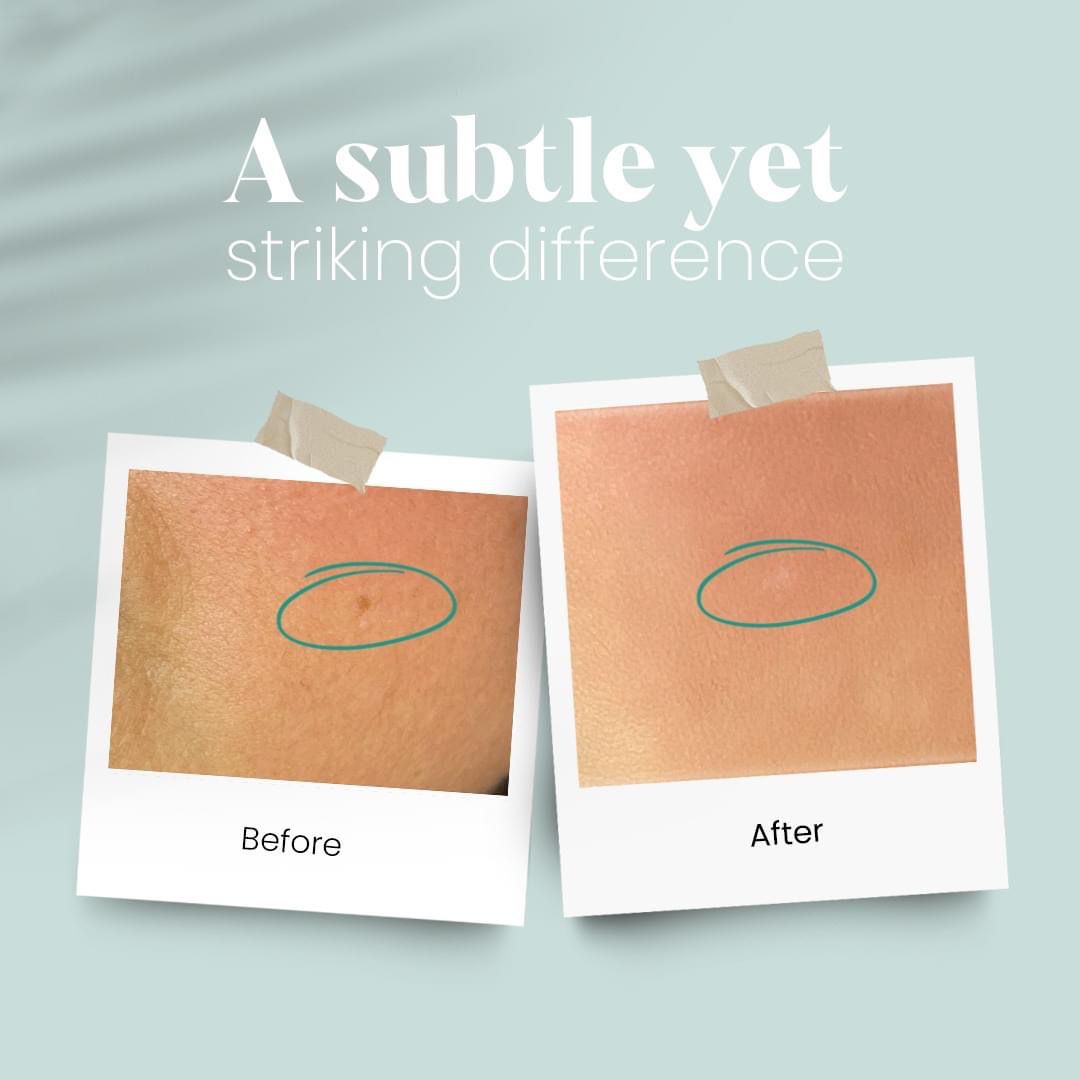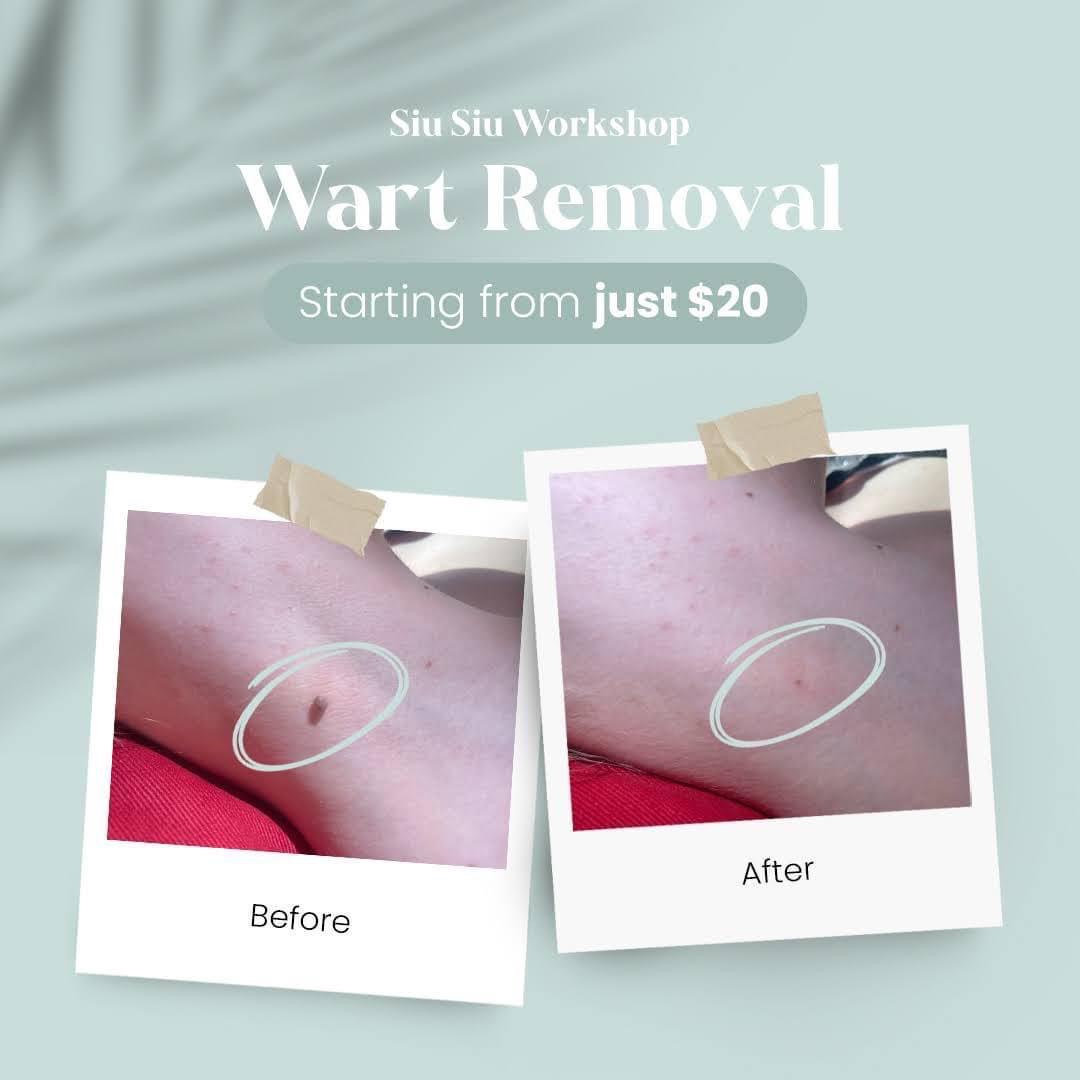Electrothermal plasma technology uses high-frequency thermal energy or plasma energy to precisely target abnormal superficial skin tissues, such as moles, warts, and age spots. The heat energy instantly vaporizes the problematic tissue, removing it without damaging the surrounding healthy skin. This technique is suitable for various skin concerns and can also stimulate collagen regeneration, resulting in firmer and smoother skin.




Electrothermal plasma technology uses high-frequency energy to generate heat and vaporize targeted skin lesions. It precisely removes abnormal tissue without harming the surrounding healthy skin. It is widely used in dermatology and aesthetic medicine and is considered safe.
Common indications include moles, warts, flat warts, age spots, seborrheic keratosis, syringomas, and skin tags.
Most patients feel only mild warmth or a tingling sensation. A topical anesthetic is usually applied to minimize discomfort.
This depends on individual skin type and aftercare. With proper post-procedure care, noticeable scarring is uncommon. However, sensitive skin types may still have a minor risk.
Depending on size and depth, most can be removed in a single treatment, while some lesions may require multiple treatments or follow-ups to assess healing.
Is there any downtime after the procedure? Will it affect my daily life?
Scabbing typically occurs within 3–7 days. Avoid sun exposure and makeup during this time. Most people can return to daily activities with minimal disruption.